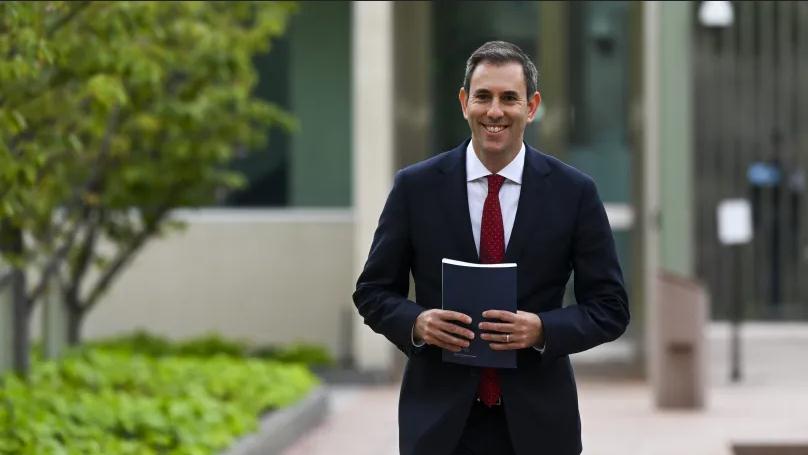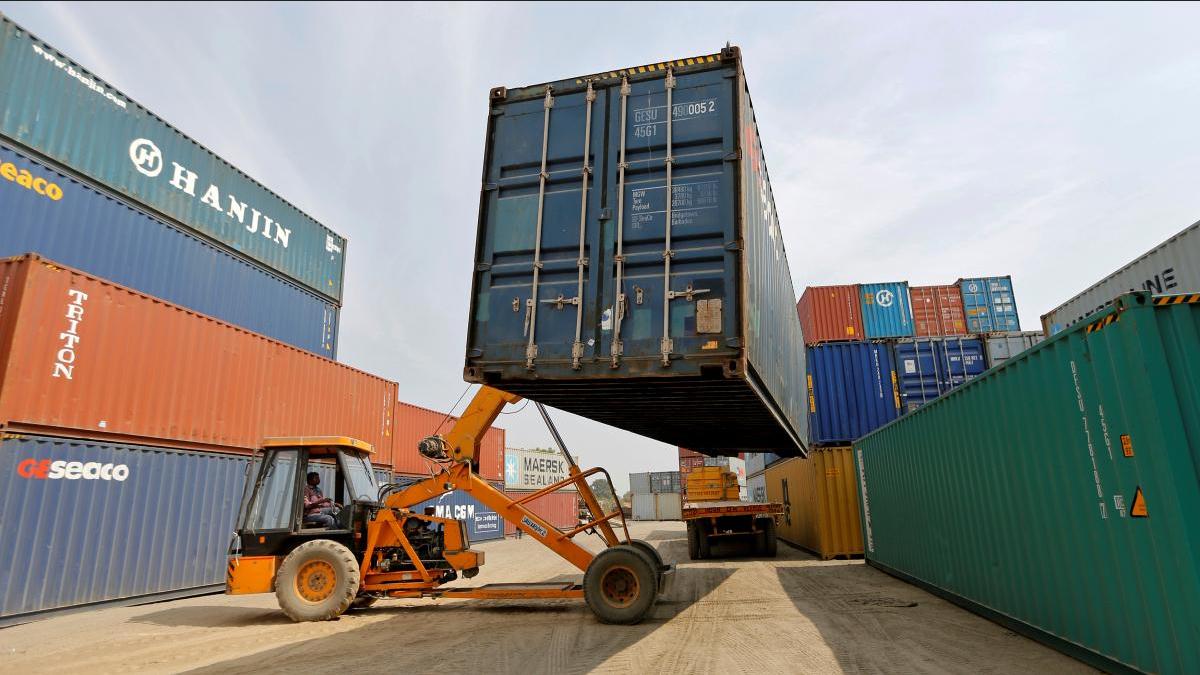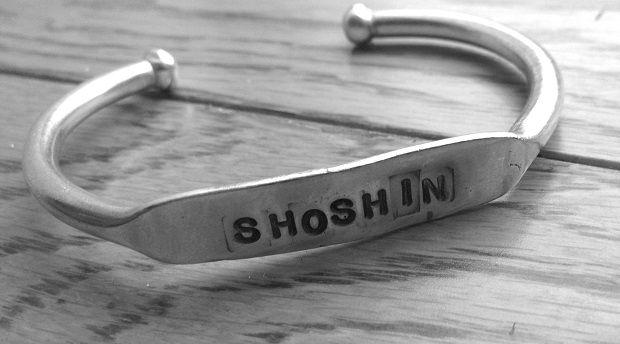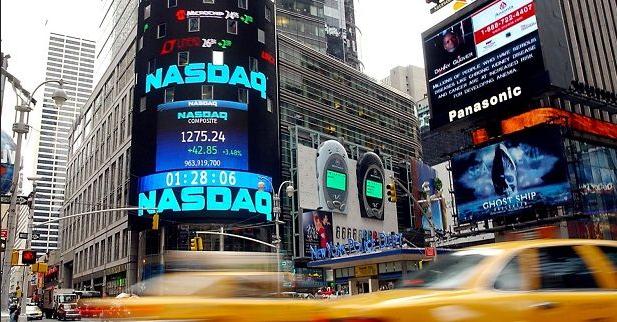Laissez Faire is an 18th century economic theory that opposed any form of government intervention in business affairs. The fundamental principle of laissez faire theory, a French word that translates in English as “leave alone” and in Spanish as “let do,” is that the less the government is involved in the economy, the better business will do. , and by extension, to the rest of society. Laissez faire economics is a key part of free market capitalism.
Understanding the term
The basic beliefs that underpin and compose the doctrine of laissez faire include, first and foremost, the idea that economic competition constitutes an element of “natural order” that governs the world. Because this natural self-regulation is the best type of regulation.
Laissez faire economists argue that there is no need for business and industrial affairs to be complicated by government intervention. As a result, they oppose any type of government intervention in the economy, which includes any type of regulation and supervision. They are against minimum wages, labor obligations, trade restrictions and against corporate taxes. In fact laissez faire economists see such taxes as a punishment to productivity.
History of Let It Be
The laissez faire doctrine was popularized in the mid-18th century and is one of the first articulated economic theories. It originated with a group of thinkers known as the Physiocrats, who prospered in France from 1756 to 1778; Led by a physicist, they attempted to apply the principles and methodology of science to the study of wealth. These “économistes” (as they called themselves) argued that free markets and free economic competition were extremely important to the health of a free society. The government should only intervene in the economy to preserve property, life, and individual liberty. On the other hand, the (unchangeable) natural laws that govern market forces and economic processes – which British economist Adam Smith would later call “the invisible hand” – should operate without hindrance.
Legend claims that the word “laissez faire” within the economic context has its origins in a meeting in 1681 between the French minister of economy Jean-Baptiste Colbert and a businessman named Le Gendre. The story goes that Colbert asked Le Gendre what way the government could help commerce, to which Le Gendre responded “Laissez nous faire,” basically “Let us do it.” The physiocrats popularized the phrase, using it to name the core of their economic theory.
Empirical experience of the theory
Unfortunately, an early effort to evaluate the theories of laissez faire economics did not go well. As an experiment in 1774, Turgot, Comptroller General of Finances to Louis XVI, abolished all restrictions on the then highly controlled grain industry, allowing imports and exports within the provinces to operate as a free trade system. But when poor harvests caused shortages, prices skyrocketed; Merchants ended up hoarding supplies or selling grain in strategic areas, or even outside the country to obtain better profits, while thousands of French citizens suffered from hunger. There were demonstrations that lasted several months. By mid-1775, order was restored – and with it, government controls over the grain markets.
Despite its erratic beginning, laissez faire practices were further developed by British economists such as Adam Smith and David Ricardo, and governed the Industrial Revolution of the late 18th and early 19th centuries. And, as its detractors noted ., resulted in unsafe working conditions and great social inequalities.
During the 19th century, the Italian Catholic priest John Bosco became famous for opposing the exploitation of minors in factories, who had no opportunities for education or promotions in companies, in addition to the fact that they received paltry wages for long hours. of work. This priest earned the enmity of many businessmen by founding schools for young people and thereby taking away from the factories the cheap labor on which they depended to obtain their great profits. This was one of the first manifestations of social discontent against the economic doctrine of laissez faire, as well as the creation of unions and labor movements that opposed the business practices of the time.
Only at the beginning of the 20th century did industrialized and developed nations such as the United States begin to implement significant regulations and controls to protect workers from dangerous conditions and consumers from unfair business practices – although it is important to note that these policies They were not intended to restrict business expansion or competition.
Criticisms of Laissez faire economics
One of the strongest criticisms of laissez faire doctrines is that capitalism is a system that has been built on moral ambiguities and does not necessarily protect the weakest in society. While laissez faire advocates argue that if individuals looked out for their own interests first, social benefits would follow. However, detractors of laissez faire claim that the application of this doctrine leads to poverty for a large part of the members of society and economic imbalances. The idea of the economic system directing itself without regulation or correction, in effect, further disparages and even victimizes those in society who are most helpless, critics say.
The 20th century British economist, John Maynard Keynes, was a prominent critic of laissez faire economic doctrine , and he argued that the solution to the question of market versus government intervention needed to be resolved in case-by-case scenarios, i.e. say depending on the situation we faced. Although, in fact, Keynes himself highlights that if the government had not intervened in response to the crisis of 1929, it would have been longer. In the same way, many economists today assume that if the government of George W. Bush, and then that of Barack Obama, had not intervened in the 2008 financial crisis, its negative effects would have deepened much more.
One of the significant examples of empirical criticism of laissez faire economics are the regulations and controls on the sale of tobacco. In the countries where it has been applied, the State has managed to collect more taxes to invest in health systems and at the same time reduce the consumption of this product, which of course is quite harmful to health.











